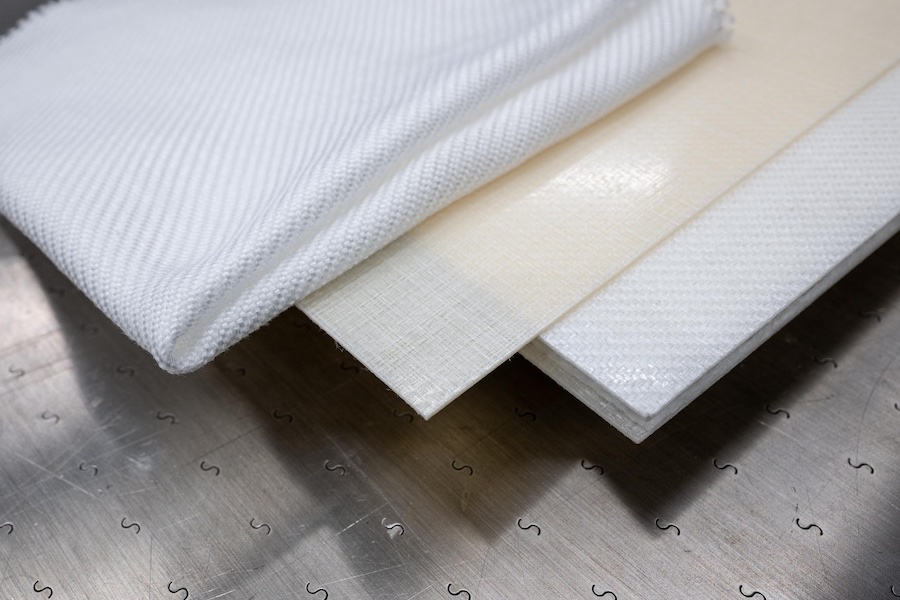#Textile chemistry
Publication of the Commodity Chemicals Guide V1.0
ZDHC defines commodity chemicals as "single substances or chemical compounds whose chemical structure is well-known, have a single CAS number and their use is to create conditions or act as an aid in a process. Two commodity chemicals produced by different manufacturers can be the same and can be interchangeable. Commodity chemicals usually do not stay on the final article."
Commodity chemicals are within the scope of the ZDHC MRSL, but are excluded from the Performance Incheck Report. This is due to the challenge of engaging the commodity chemicals industry in the ZDHC Gateway and populating these products in the ZDHC Gateway database of ZDHC MRSL conformant products.
Commodity chemicals are low priced, and easily replaced with another similar product without any need for specific process change. They are not expected to remain on the finished article, but to be washed off in processing, putting the risk on wastewater and sludge quality. Being sold in pure form it is unlikely that they are a ZDHC MRSL intentional addition.
Objective
ZDHC has created this Commodity Chemicals Guide V1.0 to:
+ Provide a list of commodity chemicals that should be responsibly managed as part of the ZDHC input chemical management implementation.
+ Classify the ZDHC list of commodity chemicals into ‘virgin’ and ‘non-virgin’ chemicals for assessing ZDHC MRSL risks.
+ Advise on best practices to:
+++ Evaluate commodity chemical sellers for ZDHC MRSL risks as part of purchasing decisions by suppliers.
+++ Storage, handling and transportation precautions for specific commodity chemicals.
+ Details Root Cause Analysis (RCA) for ZDHC MRSL non-conformities in wastewater test reports as per the ZDHC Wastewater Guidelines.
Expectations
Brands are expected to share this guide with their supply chain, and request their suppliers to embed these best practices for managing commodity chemicals within their facilities.
Suppliers should familiarise themselves with this guide and implement purchasing decisions through commodity chemical vendor evaluation as well as best practices for storage and handling.
ZDHC will work with Signatory Brands to share this guide with their supply chain, requesting suppliers to embed the best practices for managing commodity chemicals within their facilities. Likewise, suppliers themselves are expected to familiarise themselves with this guide to implement best practices in evaluating commodity chemical vendors, as well as ensure safe storage and handling of the chemicals themselves.
Click the link below to view the PDF: Commodity Chemicals Guide V1.0
https://downloads.roadmaptozero.com/input/commodity-chemicals-guide















